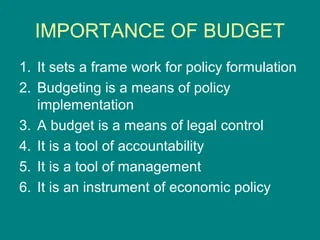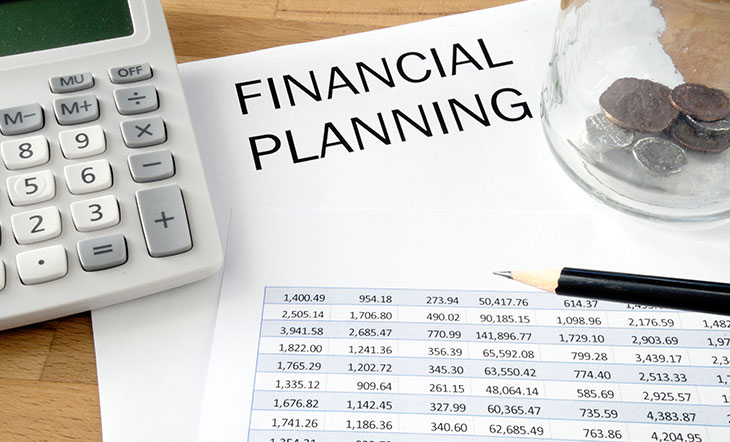Learn how to master personal finance with expert tips on budgeting, saving, investing, and debt management. Build financial stability and secure your future with practical, actionable advice
Personal finance is the art of managing your money through budgeting, saving, investing, and planning for future expenses. It involves understanding financial products and making informed decisions to secure long-term financial stability.
Understanding Personal Finance
Personal finance encompasses a broad range of financial activities that include budgeting, saving, investing, and managing debt. Its importance lies in creating a plan that ensures financial health and prepares individuals for unforeseen expenses and retirement.
The Importance of Budgeting

Budgeting is the foundation of personal finance. It involves creating a plan that tracks income and expenses, ensuring that spending does not exceed earnings. According to a 2022 report by Debt.com, 85% of Americans use a budget to manage their finances, which has been linked to better financial stability and reduced stress.
Key Steps to Effective Budgeting
- Track Your Income and Expenses: Maintain a record of all sources of income and monthly expenses.
- Categorize Your Expenses: Divide spending into fixed costs (e.g., rent, insurance) and variable expenses (e.g., entertainment, dining).
- Set Financial Goals: Allocate funds for short-term goals (vacation, new appliance) and long-term goals (retirement, college tuition).
- Adjust as Necessary: Regularly review your budget to accommodate lifestyle changes or unexpected costs.
Pro Tip: Using budgeting tools like YNAB (You Need A Budget) or Mint can streamline this process and provide insightful data for better management.
Saving for the Future
Saving money is essential for building an emergency fund and preparing for major expenses. Financial experts recommend saving at least 20% of your income, allocating part of it to an emergency fund that covers 3–6 months of living expenses.
Emergency Fund Strategy
Why It Matters: An emergency fund acts as a financial cushion in case of job loss, medical expenses, or urgent repairs. A 2023 survey by Bankrate found that 57% of Americans couldn’t cover a $1,000 emergency without going into debt.How to Start: Begin by automating a portion of your paycheck to go directly into a savings account.
Table: Suggested Emergency Fund Targets Based on Monthly Expenses
| Monthly Expenses | Recommended Fund Amount |
|---|---|
| $2,000 | $6,000 – $12,000 |
| $3,500 | $10,500 – $21,000 |
| $5,000 | $15,000 – $30,000 |
Investing for Growth
Investing is a critical part of personal finance that allows your money to grow over time. The average return of the S&P 500 over the last 30 years has been approximately 10% per year, significantly outpacing traditional savings accounts.
Popular Investment Options

Stocks: Investing in individual stocks offers high growth potential but comes with higher risk.Bonds: More stable than stocks, they provide regular income with lower risk.Mutual Funds and ETFs: These funds pool money from multiple investors to diversify holdings and reduce risk.Real Estate: An effective hedge against inflation and a source of rental income.
Quote: “Investing should be more like watching paint dry or watching grass grow. If you want excitement, take $800 and go to Las Vegas.” — Paul Samuelson, Nobel Laureate in Economics.
Managing Debt Wisely
Debt can be a double-edged sword in personal finance. While some types of debt, such as mortgages, can help build wealth, high-interest debt like credit cards can drain your finances.
Tips for Debt Management
- Prioritize High-Interest Debt: Focus on paying off debt with the highest interest rates first to save on interest costs.
- Consider the Snowball Method: Pay off smaller debts first for psychological wins, then roll those payments into larger debts.
- Refinance or Consolidate Loans: This can lower interest rates and monthly payments.
Statistic: In 2024, the average credit card interest rate in the U.S. reached 24%, underscoring the importance of paying off credit card balances promptly to avoid high charges.
Planning for Retirement
Retirement planning ensures financial security in your later years. The earlier you start, the more time your investments have to grow due to compounding interest.
Popular Retirement Accounts
- 401(k): Offered by many employers, often with matching contributions, making it an effective savings vehicle.
- IRA (Individual Retirement Account): A tax-advantaged account that provides more investment choices than a 401(k).
- Roth IRA: Allows for tax-free withdrawals during retirement, making it beneficial for individuals expecting to be in a higher tax bracket later.
Example: If you invest $500 per month starting at age 25 with an average annual return of 7%, by age 65, you could have approximately $1 million.
Conclusion
Personal finance requires a balanced approach, involving budgeting, saving, investing, and managing debt effectively. By understanding and implementing these strategies, you can achieve financial independence and safeguard your future. For more resources on financial literacy, visit reliable sources like Investopedia and The Balance.



